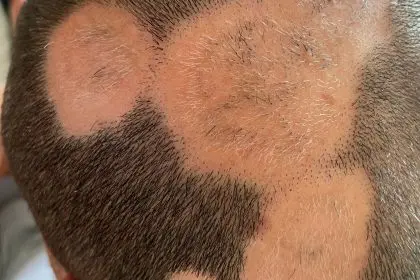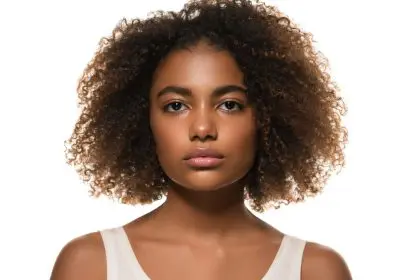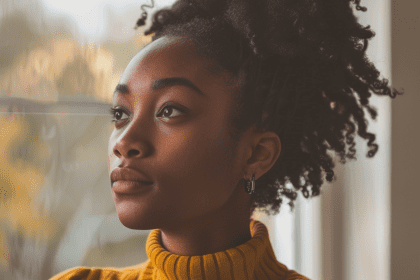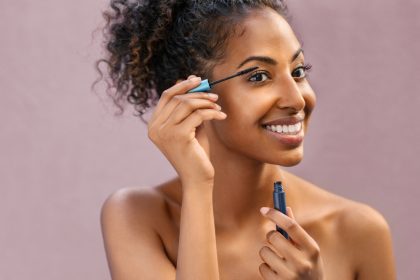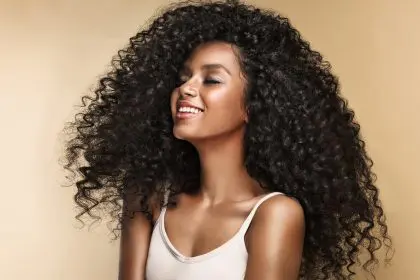
Sisters have it hard when it comes to hair. It is one of the things that defines her and shapes her self-image, for better and worse. And it is the the physical attribute that often causes her the most angst and, sometimes, heartache.
Two of the most popular styles among sisters are weaves and braids (like the one flossed by Alicia Keys). But, according to recent U.S. studies, braids and weaves are the leading causes for a condition of hair loss called alopecia. It’s hard to image that the above photo could one day lead to the photo below. 
Prolonged pulling at the hair strands may cause inflammation of the hair follicle, which has been showed to lead to scarring. Doctors are reporting a significant increase in young ladies seeking hair transplants, due to one of the most common type of alopecia in black women and men, traction alopecia, as pointed out in swagher.net. This type of alopecia is developed by wearing braided styles that are too tight on the scalp or styles that put too much strain on the hair such rollers, curlers, and ponytails.
This condition is unfortunately not confined to black women in the United States, but of all women of the African Diaspora.
Jezebel.com reported that a study of nearly 2,000 adults and children in South Africa found that one in seven schoolgirls and a third of women were suffering from “traction alopecia,” hair loss thought to be caused by excessive and prolonged pulling of the hair. Additionally, the study concludes, hair loss was found to be more common in children whose hair had been chemically “relaxed” or straightened to form a ponytail. One in five children with relaxed hair had traction alopecia, against just one in 20 of those with natural hair. In adults, hair loss was found to be more likely among women with either “relaxed” hair or braided natural hair, as against natural hair without braids. 
The photos below should serve as a cautionary tale regarding choices made to braid hair and get weaves.






